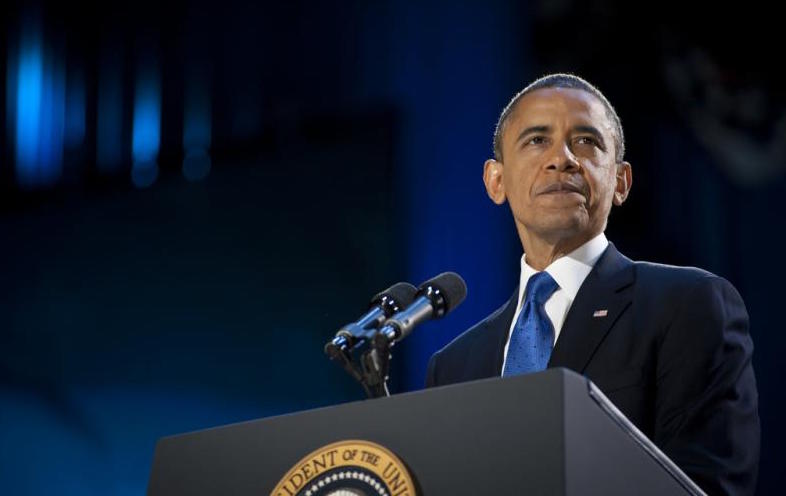President Obama and Eric Holder reveal plans to fix gerrymandering nationwide

Democrats have found themselves asking two key questions of late: What can be done about the nationwide gerrymandering that’s allowed the Republicans to keep an unfair grip on the House of Representatives, and what will President Barack Obama do after he leaves office? As it turns out, those two questions have the same answer. Obama and former Attorney General Eric Holder plan to spend the next few years trying to fix the gerrymandering problem from the ground up, in order to give the Democrats a fair chance at retaking the House.
Prior to the 2010 census, wealthy conservatives began spending big on influencing lower level elections so that Republicans would have control of the bodies which got to redraw the congressional districts. That’s created an environment in which Republican candidates can now win the majority of House seats nationwide, even if the majority of votes in House races go to Democratic candidates. But Obama and Holder are putting together a National Democratic Redistricting Committee whose goal is to elect Democrats to the positions that will redraw the districts based on the 2020 census numbers in a fair manner.
The idea seems to be that President Obama can use his starpower to campaign for Democratic candidates in upcoming low level races, making him a bull in a china shop. It’s a long term strategy, because even if Obama can get Democrats elected to the posts that will redraw the districts, that redrawing won’t happen until until the year 2021, meaning it wouldn’t benefit the Democrats running for the House until the 2022 races. But if it works, it could rectify a problem that’s been unduly handing the GOP control of the House for this entire decade.
In the mean time, it appears to be up to the Democratic House candidates and their supporters to find a way to make gains in the 2018 races, despite the ongoing gerrymandering. The good news for them is that after one party wins the White House, the other party has traditionally gained ground in the first mid-terms thereafter. Throw in Donald Trump’s historic unpopularity, and the Democrats will be in a position to take the majority in the House and Senate in 2018, which would then allow them to shut down Trump’s agenda almost entirely.
